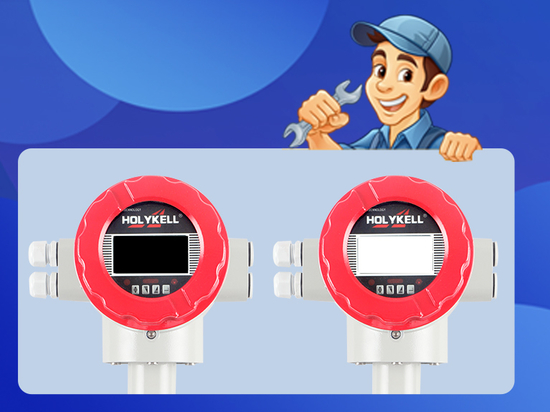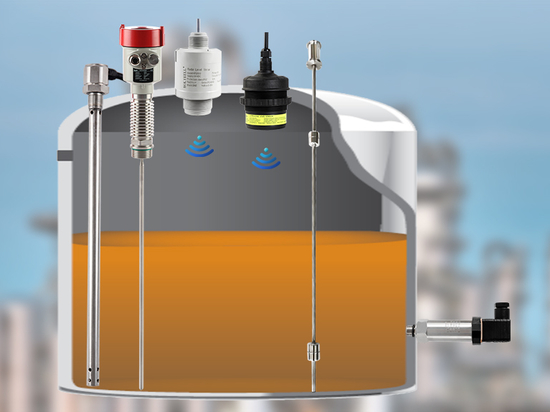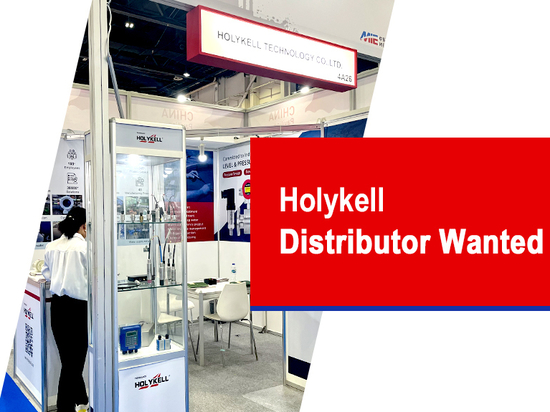
#Industry News
Why Using a Vented Water Level Sensor?
Submersible Pressure Level Sensor
Water level sensors are essential tools for measuring water levels in various applications, including water treatment, wastewater management, and chemical processing.
If you notice, you will find most submersible level sensors are powered by a permanently fitted vented tube in the cable.
Role of the Vented Tube
The vent tube serves several key functions in submersible level sensors:
Pressure Equalization
The primary role of the vented tube is to equalize the pressure inside the sensor’s housing with the atmospheric pressure outside. This pressure equalization ensures that the sensor can accurately measure the hydrostatic pressure exerted by the liquid column above it, which is directly related to the liquid level.
Preventing Moisture Ingress
The vented tube is designed to allow air to flow freely into and out of the sensor housing while preventing water and other contaminants from entering. This is typically achieved through a hydrophobic filter or membrane that blocks moisture and particles.
Ensuring Sensor Accuracy
By maintaining consistent pressure inside the sensor housing, the vented tube helps prevent pressure build-up or vacuum formation that could lead to erroneous readings.
Benefits of Installing a Vent Tube
Enhanced Measurement Accuracy
Through equalizing pressure, it ensures the true hydrostatic pressure of the liquid, leading to more accurate and reliable level readings.
Extended Sensor Lifespan
Preventing moisture ingress through the vent tube protects the sensor’s internal electronics from corrosion and damage, significantly extending the sensor’s operational life. This reduces maintenance costs and downtime.
Improved Reliability in Harsh Environments
In applications where the sensor is exposed to varying environmental conditions, such as temperature fluctuations and humidity, the vent tube helps maintain stable sensor performance by preventing internal pressure changes.
Considerations
If we choose a vented tube water level sensor, we need pay attention that the opposite end of the cable to the sensor should be kept dry, we typically use a desiccant cartridge, which stops water vapour entering the sensor trough the vent tube.
Regular maintenance should be done otherwise they can become saturated and allow moisture to enter the vent tube potentially blocking the vent.
Users should consider if the location is prone to flooding. If so, the cable end with the desiccant should be installed at a height where water submergence won’t occur.
To know more tips on how to select and install a water level sensor, reach out to us today.





